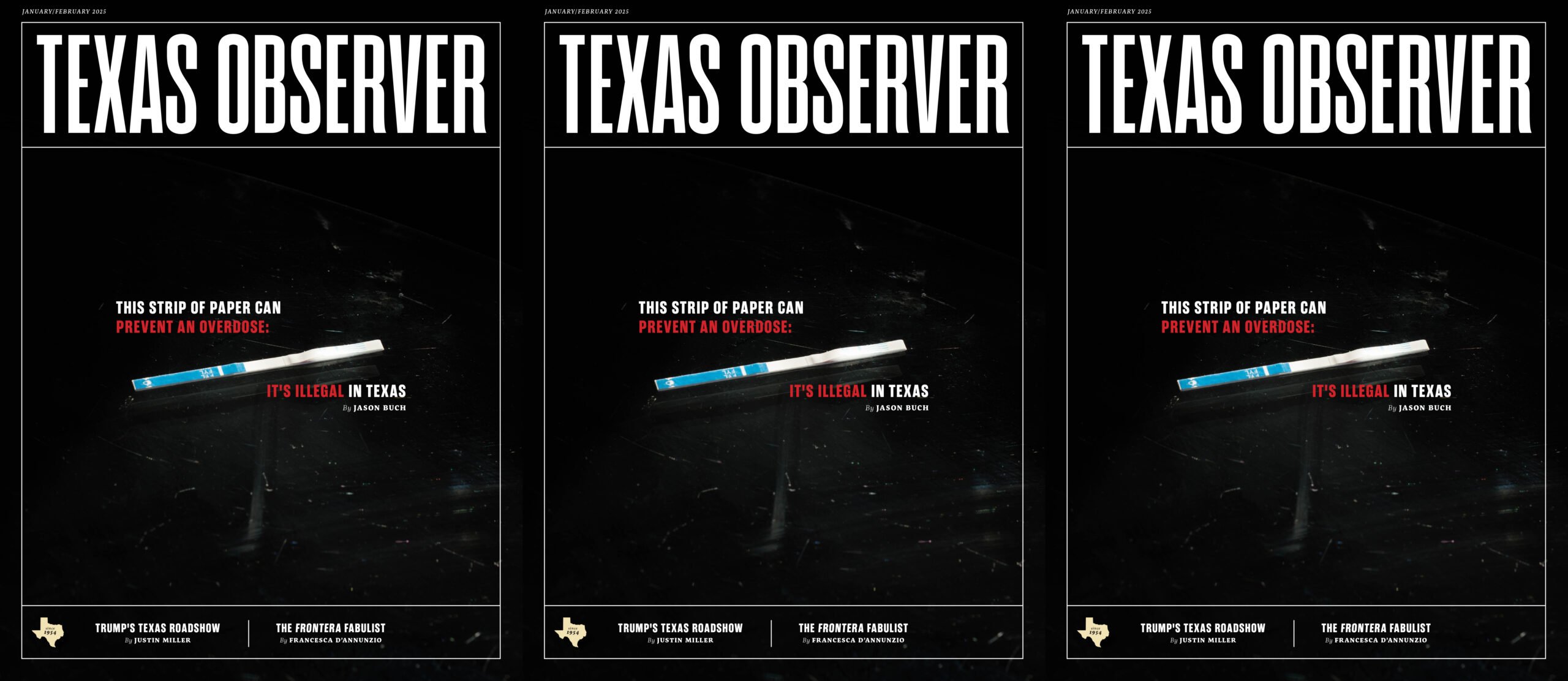The War on Public Universities

A version of this story ran in the June 2012 issue.
On November 1, 1944, the University of Texas Board of Regents fired UT-Austin President Homer Rainey, setting off a national firestorm. The regents gave no reasons for Rainey’s dismissal, but the terms of the conflict were well-known: Rainey resisted mightily when the bullies on the board ordered him to fire economics professors over their New Deal politics. He gave no quarter to the regents’ efforts to strangle tenure. He stood up for academic freedom when the board banned John Dos Passos’ U.S.A. trilogy from the sophomore reading list. He withstood the regents’ vulgar witch-hunts for a “nest of homosexuals” on campus. Rainey’s firing brought nearly the entire student body into the streets, carrying coffins bearing the words “academic freedom.” Rainey didn’t get his job back, but then-Gov. Coke Stevenson replaced six of the regents. History, I think, vindicated Rainey, though few remember him today.
I was reminded of this history in May when rumors surfaced that Gov. Rick Perry and his UT regents were conspiring to sack UT President Bill Powers. Perry, his regents and the right-wing Texas Public Policy Foundation (TPPF) have been trying to radically remake the state’s two public flagship universities, Texas A&M and UT. Their vision: universities that are public in name only, disciplined by the free market and responsive to “consumers,” that collective of young people formerly known as students. President Powers has offered measured resistance to Perry’s agenda, so naturally he ended up on the enemies list.
The initial reporting—a short blog post by s Paul Burka based on one anonymous source—was shakier than an overcaffeinated teacup Chihuahua, but it sparked a fierce campaign, primarily online, to “Save Bill Powers.” As of press time, Powers still had his job, and it’s not clear how close he came to losing it, if at all. But the ferocity of the reaction to rumors of his canning should scare Perry away from further attempts.
In comparison to Rainey, Powers has pushed back only modestly. In early May, he brought to the Board of Regents a proposal to increase tuition for Texas undergraduates by about 5 percent over the next two years, or $258 per semester for the typical undergrad. Instead, the regents voted to freeze tuition for in-state undergrads, leaving UT-Austin with a $78 million funding gap. Perry and the Texas Public Policy Foundation praised the move. Powers, reflecting the views of the faculty and many alumni, told the UT community that he was “disappointed that our proposal was not adopted” and pointed out that state funding for UT-Austin has dropped steadily for a quarter-century.
I’m sympathetic to the impossible situation Powers is in: The Legislature is drastically cutting support for higher education while choking off the easiest source for increased revenues (tuition and fees). This is classic Grover Norquist-style “starve the beast” logic that seeks to create the conditions for the failure of public institutions, thus justifying more austerity. Politically, it puts the UT faithful in an awkward spot: Arguing for ever-increasing tuition and fees just to keep the university treading water. And that’s the weakness in the administration’s case—raiding the pockets of students and their families can’t be the answer.
The sabotaging of the relationship between the university and the broader public came with tuition deregulation in 2003. “Dereg” was truly a deal with the devil. The letter of the law simply involved transferring tuition-setting authority from elected representatives in the Texas Legislature to the appointed members of the UT and Texas A&M boards of regents. But the spirit of tuition deregulation was privatization. In exchange for the “flexibility” to manage tuition (i.e. charge students whatever they could), university administrators allowed state lawmakers to shrug off their historical responsibility for maintaining excellence. The state would provide less and less money to UT and A&M, which could in turn gouge students for whatever the market would allow—much like a private university or, for that matter, Walmart.
Although pragmatism, not ideology, drove the university’s push for tuition dereg, it only encouraged the true ideologues to increasingly slip free market principles on to campus. Thus the “Seven Breakthrough Solutions,” the right-wing blueprint to build Texas higher education around business principles. The plan was designed by the brain trust at the Texas Public Policy Foundation and flogged by a special advisor to the UT system and TPPF board member Jeff Sandefer.
Many folks at both UT and Texas A&M have been itching for a big clarifying fight. In Powers, they see their Homer Rainey. Let’s hope he can rise to the occasion.


